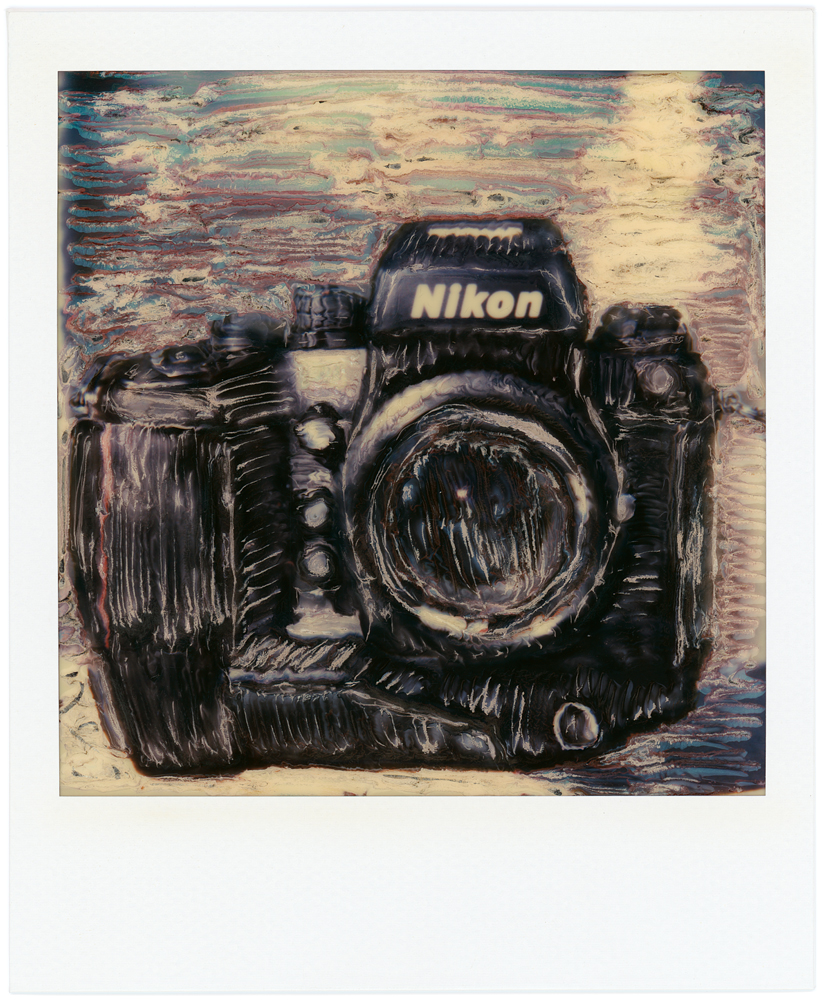pixelated
Established
I bought one of the plastic SX-70s just so I could do these. Then they "improved" the film.🙁
I bought one of the plastic SX-70s just so I could do these. Then they "improved" the film.🙁

Awesome theme, a lot of interesting photos!
Respect for long term project! (Since 02.22.2012)

.... I wish that Polaroid type 52 was still made--I would be using my 4x5's a lot more if it was.
Your Polaroid transfer reminds me of a couple of long days doing transfers of every item served at a tea room that eventually illustrated their menu. Part of the fun of that was calling up Calumet to order their oldest stock of 4x5 color Polaroid since it worked better when it got older, contrary to any other professional film I ever used. I wish that Polaroid type 52 was still made--I would be using my 4x5's a lot more if it was.











